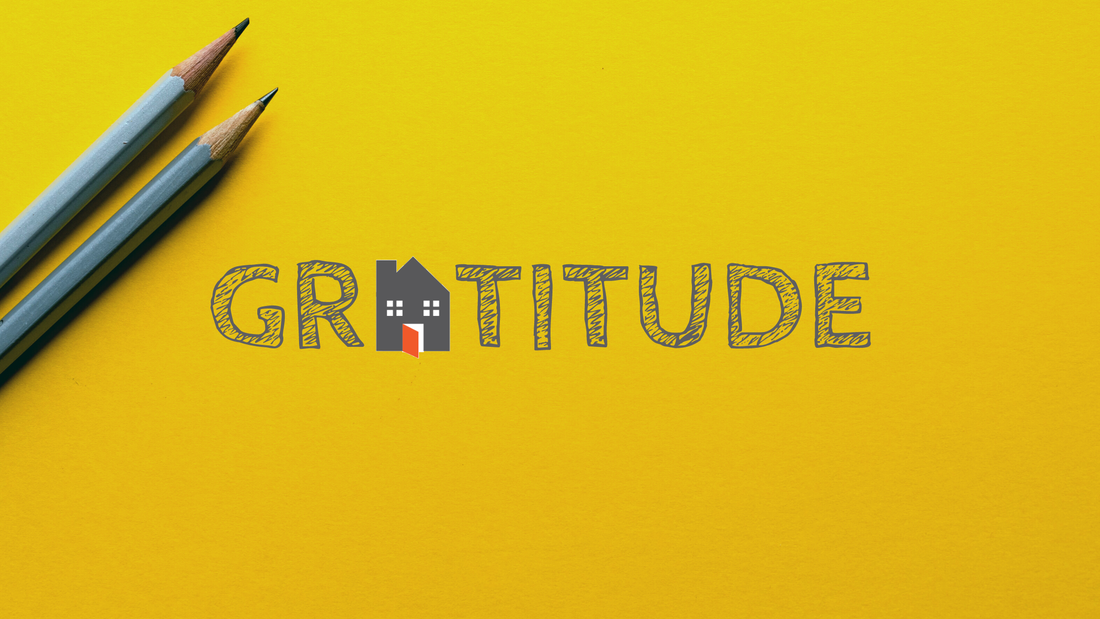|
By: Ann Wilson, The Village Tutors
Even the most organized and focused students are beginning to struggle, despite some having hybrid schedules and others even attending school full-time. Anxiety is on the rise and grades seem to be dropping. Here are some tips to overcome these out-of-control feelings and wobbly grades:
But I’m so tired! After a day of Zoom learning, having to do homework feels like too much to handle. Before you start, get outside! This is a great time to go for a walk with the dog, run and errand, or go for a run. Clear your head and then come back and get started. Here’s something to remember: every time you are distracted, it takes seven minutes to regain the focus you had before that interruption. Plan on doing your homework in 20-30-minute chunks, with planned breaks in between completed assignments to check your phone or chat with a friend. Or better yet, work with a friend! This is a great way to use technology. Find a friend who is in some of your same classes, and do your homework together online or on Facetime. Take turns reading the textbook pages, discuss the answers to study guide questions, even do the math homework together. This is not cheating, this is collaborating, and a lot of people learn better if they can talk it through. Just make sure your homework buddy is someone who is as concerned about his/her grades as you are. The idea is to motivate each other, not take each other off task. What if it’s too late? Is there a class that is just too far gone to rescue? Is the grade simply not going to be what you want it to be, no matter what you do? Accept it. Cut your losses and forgive yourself. This is a first-time situation for the whole world! Your future will not be ruined by one bad grade or even one bad semester. Do your best to improve your habits, and if you are moving in the right direction, be proud of yourself. Every day is new day, and you can always make the next day a better one than the day before You just have to choose to do it. What should Mom and Dad do? Try and reduce expectations. If you are less alarmed at students’ little (or big) failures, they will be to. Accept setbacks and try and be positive. Ask, “what can I do to help you?” Maybe a favorite snack, a cup of tea in the morning, or a family walk at lunchtime would make this whole new reality easier to accept. On the weekend when there is less pressure, ask what might help make the next week a better one. Is there a better location in the house for learning? Is the light good, the chair comfortable, and the desk or table big enough? For the expectations you do have, make them clear: no missed assignments is a great starting point. Kids need to know that the basic expectation is that they will do their work. If anything is missing at the end of the week, it should be completed before recreation is allowed. If kids are way way way behind already, then make a schedule for finishing the late work, check it off when it is done, and make sure nothing current gets added to that late list. Are there rewards that could make the work week more tolerable? Like a special dinner on Friday night, the chance to see a friend, or extra time on video games? Even a trip to the store sometimes feels like a treat: “Woohoo it’s Friday!” is a feeling we can all relate to! And finally, let’s enjoy the holidays and take comfort in the fact that the semester is nearly over. 😊 Can gratitude lead to higher grades + satisfaction among students?The development of strong social-emotional skills allows us to thrive in all aspects of life. For our children, this is an especially important toolset they can use in educational settings.
Learning social and emotional skills helps students self-regulate their emotions, manage stress, set and achieve goals, build confidence, and encourages collaboration and cooperation with others. All of these are important cornerstones of a productive learning experience. One form of social and emotional development we’ve seen contribute to students’ success: gratitude. Studies have shown that grateful students experience more positive emotions and have higher GPAs. And, according to ASCD, “gratitude among middle school students can foster an increased sense of hope and trust in others and fuel a desire to give back to their community.” Giacomo Bono is a professor at California State University-Fullerton and is a large contributor to this research. Bono and his research colleagues believe that the benefits of gratitude can be seen throughout the K-12 education. It’s a skill that can be taught when a child is developmentally ready, which experts hypothesize can be in children as young as six. A simple way to expose our children to the concept of gratitude early on, is to model this emotional-social skill. As our children develop emotionally, especially near the middle-school years, experts encourage teachers to incorporate practice of this discipline into the curriculum and educational routine. An excerpt from ASCD’s November 2013 article “Tapping into the Power of Gratitude” by Sarah McKibben: Cultivating Gratitude in Academic Life ✔ Think intentions, costs, and benefits. Researcher Giacomo Bono suggests that when students express gratitude, educators should encourage them to notice intentions (the thought behind the gift that they received), appreciate costs (someone went out of her way or made sacrifices to help them), and recognize the benefits (someone provided them with a gift or a kind act that has personal value). ✔ Use a gratitude journal. This may be one of the simplest ways to increase gratitude. In a 2008 study by Bono and Jeffrey Froh, middle school students who regularly wrote about what they were thankful for reported greater optimism and a more positive outlook on their school experience. ✔ Lead gratitude activities. Have students write a thank-you letter to someone in their lives, participate in gratitude circles, or contribute to a gratitude wall or bulletin board. ✔ Pair students to increase cooperation. Gratitude can emerge organically in mixed-ability grouping that allows students to complement one another's strengths. ✔ Use question prompts. For example, when students come into school on Monday mornings, ask them what their favorite part of the weekend was, says Bono. Then, follow up with, Did someone help make that happen? Or, if they faced a particular challenge, ask, Did someone help you overcome it? Bono explains, "It's easy in the day-to-day conversations that you have with a child to talk about the people who were responsible [for a positive event]." ✔ Encourage service learning. Service learning gives students an opportunity to experience and reflect on the struggles of others. Each discipline poses opportunities for service learning around a social justice question or authentic community need. ✔ Model it! The key to cultivating gratitude in your classroom is to make it part of your own routine. By modeling gratitude, you encourage students to do the same, and, according to the Greater Good Science Center, teachers who practice gratitude "feel more satisfied and accomplished, and less emotionally exhausted, possibly reducing teacher burnout." --- From everyone at The Village Tutors, we want you to know how grateful we are for every family that works with us, for every personal referral we receive, and for every teacher, tutor, and now parents who devote their time to education. --- Related Resources:
Related Research:
|
Archives
June 2024
|
Website by RyTech, LLC



